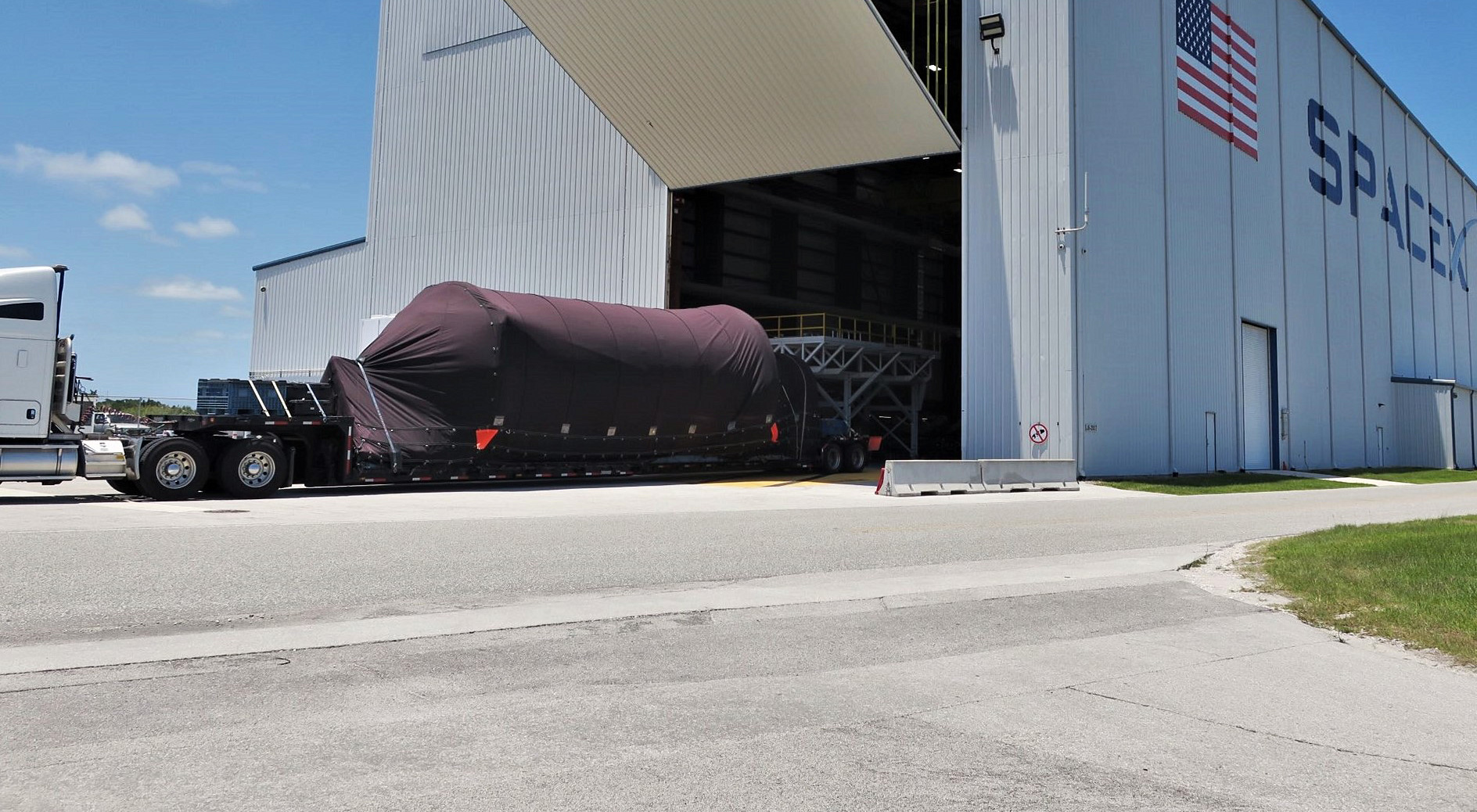

News
SpaceX’s next Falcon Heavy hits milestone as final rocket parts arrive in Florida
SpaceX has reached a critical milestone on the road to Falcon Heavy’s third flight: all major parts of the rocket – three boosters, an interstage, and a payload fairing – are now officially on-site at the company’s Pad 39A launch facilities.
This means that all that stands between SpaceX, the USAF, and the critical mission is the integration of the hardware into one vehicle, as well as the integration and encapsulation of all 24 customer satellites in the Falcon payload fairing. As noted by the USAF Space and Missile Systems Center (SMC), Falcon Heavy’s Space Test Program-2 (STP-2) mission will be exceptionally challenging and important for SpaceX for a variety of reasons.
Falcon Heavy: The Upper Stagening
Although the general performance of the three first stage boosters will be absolutely critical, the US Air Force’s STP-2 mission manages to cram in several additional major goals. First and foremost, all eyes will be on SpaceX’s Falcon upper stage (S2). Scheduled to last no less than several hours, the upper stage will be put through its paces like never before, requiring four separate ignitions and shutoffs of its Merlin Vacuum engine. For SpaceX, this may be the first time the company has ever attempted the feat – if any on-orbit testing has been done after completing customer missions, SpaceX has never commented on it.
Back in February 2018, Falcon Heavy’s launch debut also happened to mark the first flight-test of a true long-duration upper stage coast and third ignition, a spectacular success that sent Starman and a Tesla Roadster into a heliocentric orbit that now reaches beyond Mars. As such, SpaceX will by no means be walking into the challenges of STP-2 unprepared. In fact, the coast required on Flight 1 may have technically been more challenging than any one of the four separate burns S2 will need to perform on STP-2. However, combining the need to do all four burns and deployments rather quickly and in sequence, the critical need for accurate orbital insertions, and high standards of reliability and mission assurance expected by the USAF, STP-2 will easily be the hardest mission SpaceX has yet to attempt.

If SpaceX succeeds, the benefits will stretch far beyond simply satisfying an Air Force requirement and securing the USAF’s Falcon Heavy certification. Once SpaceX has rigorously demonstrated the reliability of Falcon 9’s upper stage for long coasts and high numbers of ignition events, the company will be able to apply that as a marketable product. Potential customers include the usual communications satellite operators desiring a direct-to-GEO insertion, saving time (and thus making money faster) by skipping the orbit-raising that comes with easier transfer orbits.
One major use-case – as demonstrated by Falcon Heavy’s interplanetary launch debut – is sending payloads beyond Earth orbit, a capability that NASA would undoubtedly take advantage of.
Reusability makes a surprise entrance
But wait, there’s more! In a predictable but still largely unexpected turn of events, the Air Force has also selected Falcon Heavy’s STP-2 mission as an opportunity to gain familiarity with the rocket reusability SpaceX is famous for. Falcon Heavy’s second mission and commercial launch debut – Arabsat 6A – used three all-new Block 5 boosters, two of which returned to land after gentle recoveries. Known as B1052 and B1053, the lightly-used boosters are now scheduled to become the first flight-proven orbital-class rockets launched on a Department of Defense (DoD) mission in 25 years, since the Space Shuttle’s final military mission in 1992.
If successful, SpaceX will help pave the way for the US military to seriously adopt reusable rockets and develop the “certification” procedures needed to do so. This will benefit all prospective US launch providers, not just SpaceX, but SpaceX will likely be the only company flying valuable payloads on flight-proven rockets until Blue Origin and ULA’s Vulcan achieve flight-proven certification for military launches. Much like regular certification often requires multiple launch demonstrations, flight-proven certification will likely be at least as – if not more – stringent. For New Glenn, that milestone might come as early as 2023-2025, while Vulcan – if a reusable engine section is ever actually implemented – is unlikely to even complete its launch debut – let alone first reuse – before 2025.
As such, SpaceX is quite literally half a decade ahead of its prospective competitors when it comes to certifying flight-proven rockets for high-value launches. Additionally, just the act of the USAF completing its development of a reusability certification process will likely encourage – if not directly lay the foundation for – NASA to seriously consider doing the same with its own launch services.
Check out Teslarati’s Marketplace! We offer Tesla accessories, including for the Tesla Cybertruck and Tesla Model 3.
Elon Musk
Why Tesla’s Q3 could be one of its biggest quarters in history
Tesla could stand to benefit from the removal of the $7,500 EV tax credit at the end of Q3.

Tesla has gotten off to a slow start in 2025, as the first half of the year has not been one to remember from a delivery perspective.
However, Q3 could end up being one of the best the company has had in history, with the United States potentially being a major contributor to what might reverse a slow start to the year.
Earlier today, the United States’ House of Representatives officially passed President Trump’s “Big Beautiful Bill,” after it made its way through the Senate earlier this week. The bill will head to President Trump, as he looks to sign it before his July 4 deadline.
The Bill will effectively bring closure to the $7,500 EV tax credit, which will end on September 30, 2025. This means, over the next three months in the United States, those who are looking to buy an EV will have their last chance to take advantage of the credit. EVs will then be, for most people, $7,500 more expensive, in essence.
The tax credit is available to any single filer who makes under $150,000 per year, $225,000 a year to a head of household, and $300,000 to couples filing jointly.
Ending the tax credit was expected with the Trump administration, as his policies have leaned significantly toward reliance on fossil fuels, ending what he calls an “EV mandate.” He has used this phrase several times in disagreements with Tesla CEO Elon Musk.
Nevertheless, those who have been on the fence about buying a Tesla, or any EV, for that matter, will have some decisions to make in the next three months. While all companies will stand to benefit from this time crunch, Tesla could be the true winner because of its sheer volume.
If things are done correctly, meaning if Tesla can also offer incentives like 0% APR, special pricing on leasing or financing, or other advantages (like free Red, White, and Blue for a short period of time in celebration of Independence Day), it could see some real volume in sales this quarter.
You can now buy a Tesla in Red, White, and Blue for free until July 14 https://t.co/iAwhaRFOH0
— TESLARATI (@Teslarati) July 3, 2025
Tesla is just a shade under 721,000 deliveries for the year, so it’s on pace for roughly 1.4 million for 2025. This would be a decrease from the 1.8 million cars it delivered in each of the last two years. Traditionally, the second half of the year has produced Tesla’s strongest quarters. Its top three quarters in terms of deliveries are Q4 2024 with 495,570 vehicles, Q4 2023 with 484,507 vehicles, and Q3 2024 with 462,890 vehicles.
Elon Musk
Tesla Full Self-Driving testing continues European expansion: here’s where
Tesla has launched Full Self-Driving testing in a fifth European country ahead of its launch.
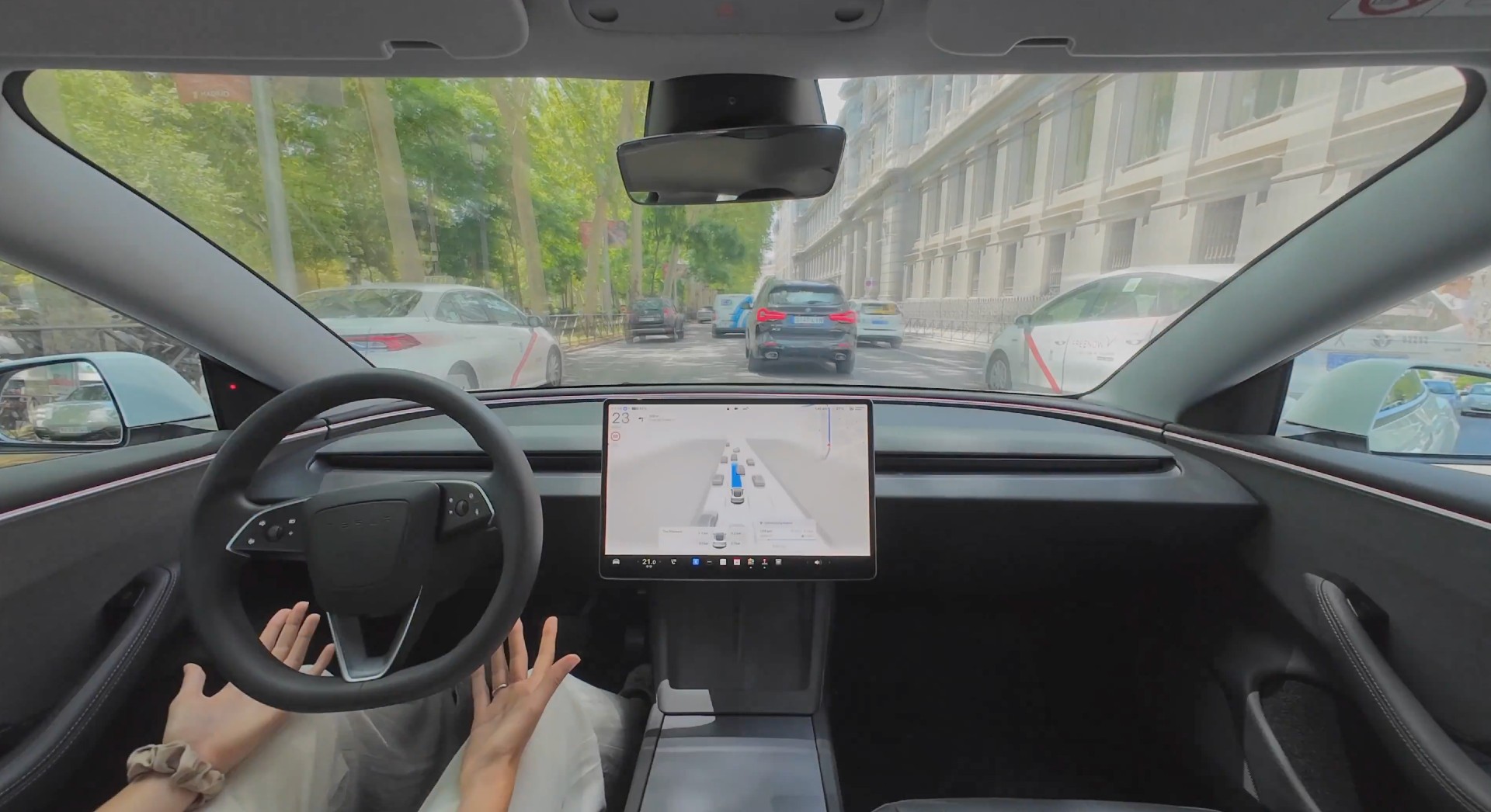
Tesla Full Self-Driving is being tested in several countries across Europe as the company prepares to launch its driver assistance suite on the continent.
The company is still working through the regulatory hurdles with the European Union. They are plentiful and difficult to navigate, but Tesla is still making progress as its testing of FSD continues to expand.
Today, it officially began testing in a new country, as more regions open their doors to Tesla. Many owners and potential customers in Europe are awaiting its launch.
On Thursday, Tesla officially confirmed that Full Self-Driving testing is underway in Spain, as the company shared an extensive video of a trip through the streets of Madrid:
Como pez en el agua …
FSD Supervised testing in Madrid, Spain
Pending regulatory approval pic.twitter.com/txTgoWseuA
— Tesla Europe & Middle East (@teslaeurope) July 3, 2025
The launch of Full Self-Driving testing in Spain marks the fifth country in which Tesla has started assessing the suite’s performance in the European market.
Across the past several months, Tesla has been expanding the scope of countries where Full Self-Driving is being tested. It has already made it to Italy, France, the Netherlands, and Germany previously.
Tesla has already filed applications to have Full Self-Driving (Supervised) launched across the European Union, but CEO Elon Musk has indicated that this particular step has been the delay in the official launch of the suite thus far.
In mid-June, Musk revealed the frustrations Tesla has felt during its efforts to launch its Full Self-Driving (Supervised) suite in Europe, stating that the holdup can be attributed to authorities in various countries, as well as the EU as a whole:
Tesla Full Self-Driving’s European launch frustrations revealed by Elon Musk
“Waiting for Dutch authorities and then the EU to approve. Very frustrating and hurts the safety of people in Europe, as driving with advanced Autopilot on results in four times fewer injuries! Please ask your governing authorities to accelerate making Tesla safer in Europe.”
Waiting for Dutch authorities and then the EU to approve.
Very frustrating and hurts the safety of people in Europe, as driving with advanced Autopilot on results in four times fewer injuries!
Please ask your governing authorities to accelerate making Tesla safer in Europe. https://t.co/QIYCXhhaQp
— Elon Musk (@elonmusk) June 11, 2025
Tesla said last year that it planned to launch Full Self-Driving in Europe in 2025.
Elon Musk
xAI’s Memphis data center receives air permit despite community criticism
xAI welcomed the development in a post on its official xAI Memphis account on X.
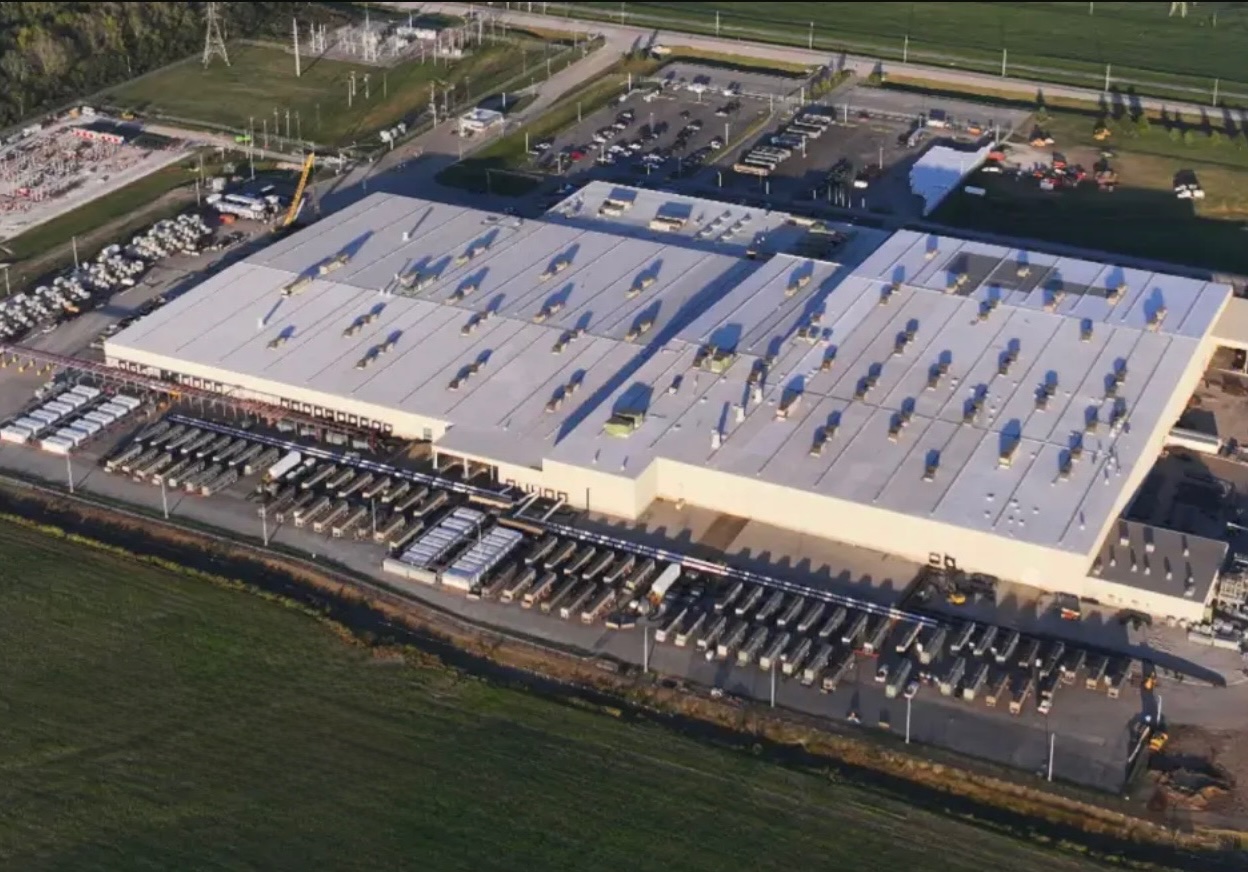
Elon Musk’s artificial intelligence startup xAI has secured an air permit from Memphis health officials for its data center project, despite critics’ opposition and pending legal action. The Shelby County Health Department approved the permit this week, allowing xAI to operate 15 mobile gas turbines at its facility.
Air permit granted
The air permit comes after months of protests from Memphis residents and environmental justice advocates, who alleged that xAI violated the Clean Air Act by operating gas turbines without prior approval, as per a report from WIRED.
The Southern Environmental Law Center (SELC) and the NAACP has claimed that xAI installed dozens of gas turbines at its new data campus without acquiring the mandatory Prevention of Significant Deterioration (PSD) permit required for large-scale emission sources.
Local officials previously stated the turbines were considered “temporary” and thus not subject to stricter permitting. xAI applied for an air permit in January 2025, and in June, Memphis Mayor Paul Young acknowledged that the company was operating 21 turbines. SELC, however, has claimed that aerial footage shows the number may be as high as 35.
Critics are not giving up
Civil rights groups have stated that they intend to move forward with legal action. “xAI’s decision to install and operate dozens of polluting gas turbines without any permits or public oversight is a clear violation of the Clean Air Act,” said Patrick Anderson, senior attorney at SELC.
“Over the last year, these turbines have pumped out pollution that threatens the health of Memphis families. This notice paves the way for a lawsuit that can hold xAI accountable for its unlawful refusal to get permits for its gas turbines,” he added.
Sharon Wilson, a certified optical gas imaging thermographer, also described the emissions cloud in Memphis as notable. “I expected to see the typical power plant type of pollution that I see. What I saw was way worse than what I expected,” she said.
-

 Elon Musk3 days ago
Elon Musk3 days agoTesla investors will be shocked by Jim Cramer’s latest assessment
-

 News1 week ago
News1 week agoTesla Robotaxi’s biggest challenge seems to be this one thing
-

 News2 weeks ago
News2 weeks agoTexas lawmakers urge Tesla to delay Austin robotaxi launch to September
-

 Elon Musk2 weeks ago
Elon Musk2 weeks agoFirst Look at Tesla’s Robotaxi App: features, design, and more
-
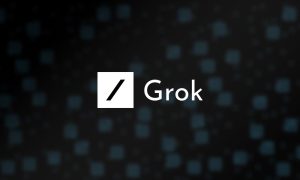
 Elon Musk2 weeks ago
Elon Musk2 weeks agoxAI’s Grok 3 partners with Oracle Cloud for corporate AI innovation
-

 News2 weeks ago
News2 weeks agoSpaceX and Elon Musk share insights on Starship Ship 36’s RUD
-

 News2 weeks ago
News2 weeks agoWatch Tesla’s first driverless public Robotaxi rides in Texas
-
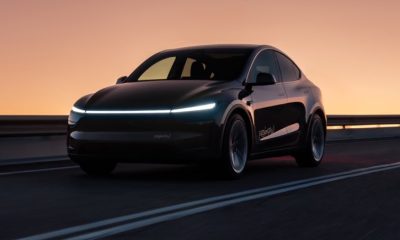
 News2 weeks ago
News2 weeks agoTesla has started rolling out initial round of Robotaxi invites

















